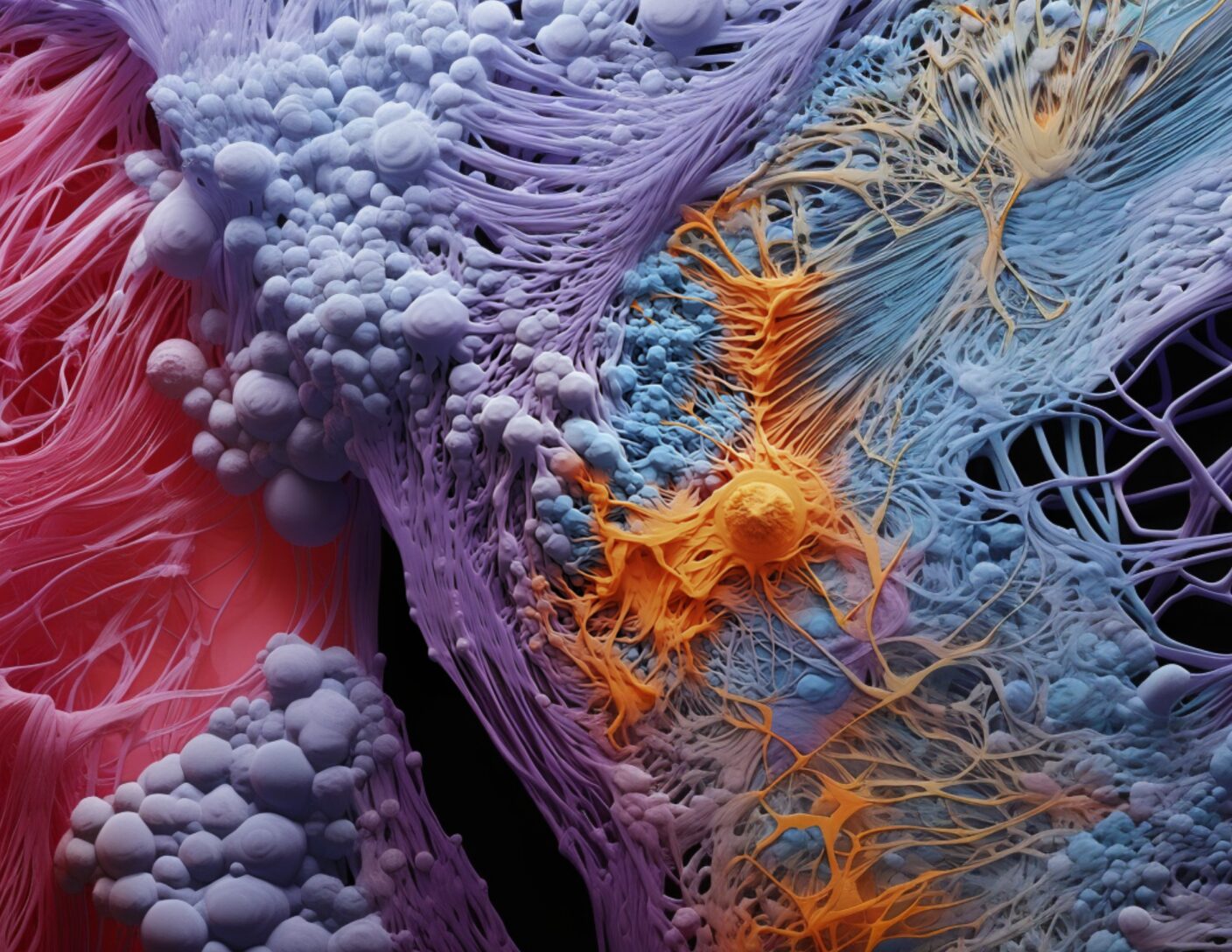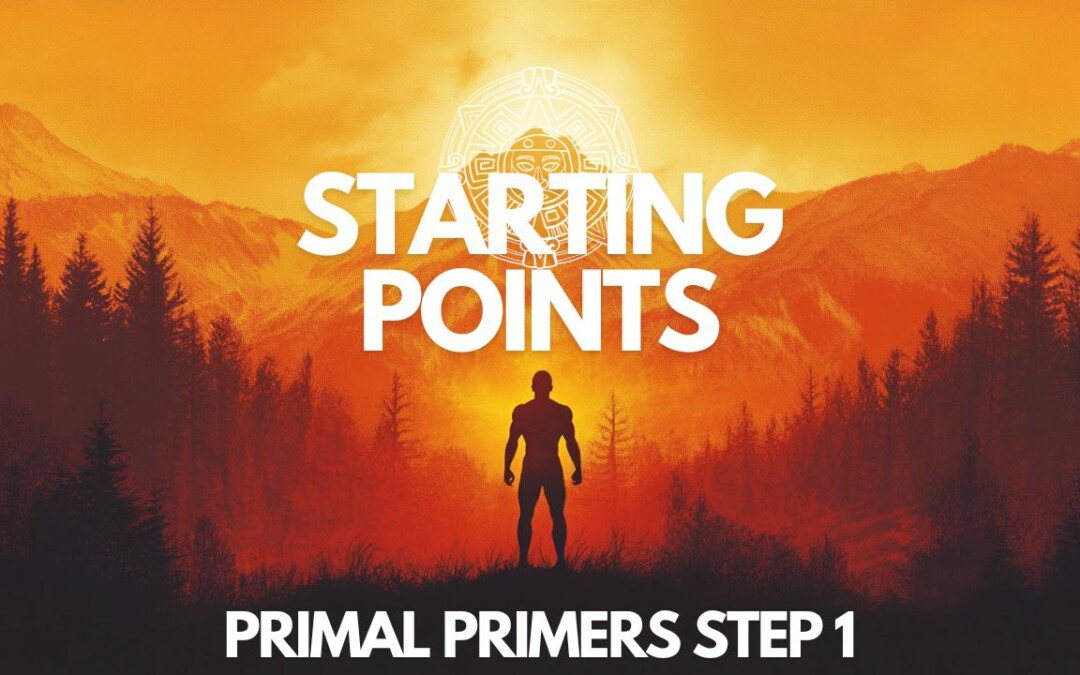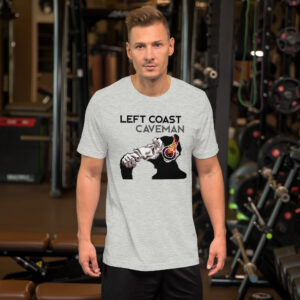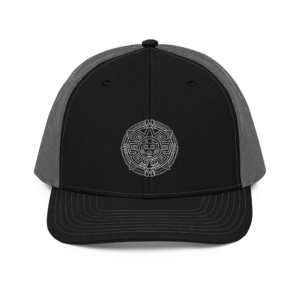Claiming superiority through idolatrous usage of a particular protein supplement can be a risky proclamation. For the discreet few, protein agnosticism is a helpful tactic in efforts of avoiding thorny debates and spending more time lifting plates and pledging homage to the truly nebulous in the hallowed halls of the Church of Iron. Search and you will find the many gym shamans carrying their “good books” often disguised as shaker bottles, preaching gospels devoted to respective protein sacraments each with their own appropriately beneficial attributes. Below we strip out the religion and faith of supplement in favor of taking a distilled polytheistic approach to optimal supplementation. Like many things in fitness & health, it is difficult to provide a definitive best option for all, encouraging those on the path of optimization to understand features and benefits matched against the individual when planning supplementation; being open to a crossed thatched approach from multiple sources ensuring optimized healing and growth. Perhaps collagen protein should be part of this layering.
Types of Protein
Whey Protein: Mixture of proteins isolated from whey (left over when milk is coagulated in process of cheese creation). Studies suggest that using whey islolate in tandem with resistance training stimulated increased tendon mass. 20-40g per day within 1 hour of exercising.
Pea Protein: Protein source extracted from yellow and green pea (legumes). Similar results to whey without irritation to those sensitive from dairy due to being plant based. Unfortunately a lacking of the amino methionine makes it marginally inferior and incomplete. Also contains potatoes and lectins which can cause reduced nutrient uptake and intestinal damage. 20-40g per bolus (serving) within 2 hour for novice; and not significant for tenured athlete (consistency key).
Essential Amino Acids (EAA): Lacking concrete evidence on efficacy, although certain studies are suggesting better results than whey & branch chain amino acids (BCAA) for stimulating muscle synthesis with increased economy. High marks for low insulin stimulation and ease in digestibility. 7g post workout.
Types of Collagen Protein
Type 1 & 3: Responsible for mechanical loading and healing properties of tendons and ligaments. Found in skin, bones, tendons, corneas, blood vessel walls and other connective tissues. also responsible for wound healing. 5-10g per day, 30-60 min before training.
Type 2: primary component of joint cartilage and most bio available when taken orally; smaller dosage advised in comparison to type 1 & 3. Provides protection to joints specifically cartilage and builds immune cell tolerance in reducing autoimmune reactions and relieving inflammation based pain (anti-inflammatory pain reliever). Also supports maintenance of tissues that form the gastrointestinal tract. Consume as low as 10mg per day, 60 min before training.
- Most collagen protein supplements only contain types 1 & 3. There are options with all three, but will require some research to find.
- Certain types of collagen protein appear to optimize synthesis of connective tissue from stimulating genesis & repair.
- Collagen protein is devoid of vital amino acids L-tryptaphan and low in L-Leurcine & L-Lysine making it somewhat imperfect protein, and why additional supplementation may be necessary if dietary needs are insufficient. Remember, a complete protein contains 9 amino acids.
- Timing…It’s important. Connective tissue have limited blood flow and depend on fluid from joint capsules for operation and regeneration; collagen needing to be present in synovial fluid prior to exercise to be utilized by joints during exercise.
- Increase collagen synthesis and tissue regeneration: add 100-200mg of vitamin C to support repair and healing rates by 2x.
Hogan, Scott; (2021) Built From Broken. Florida














